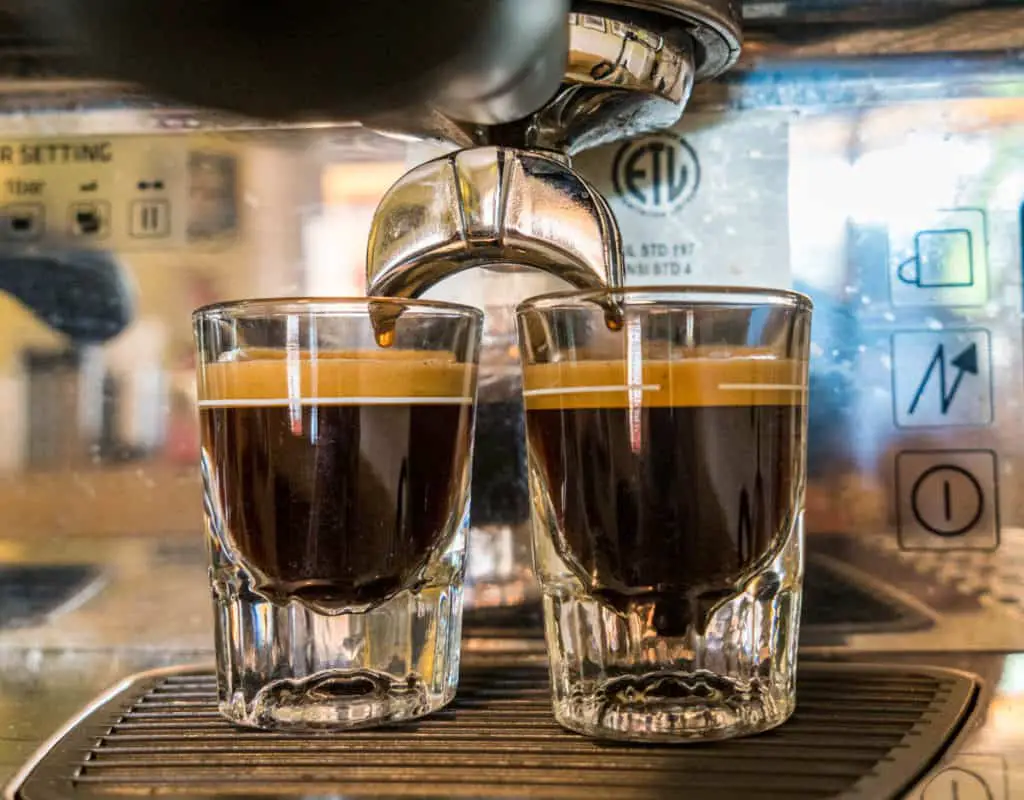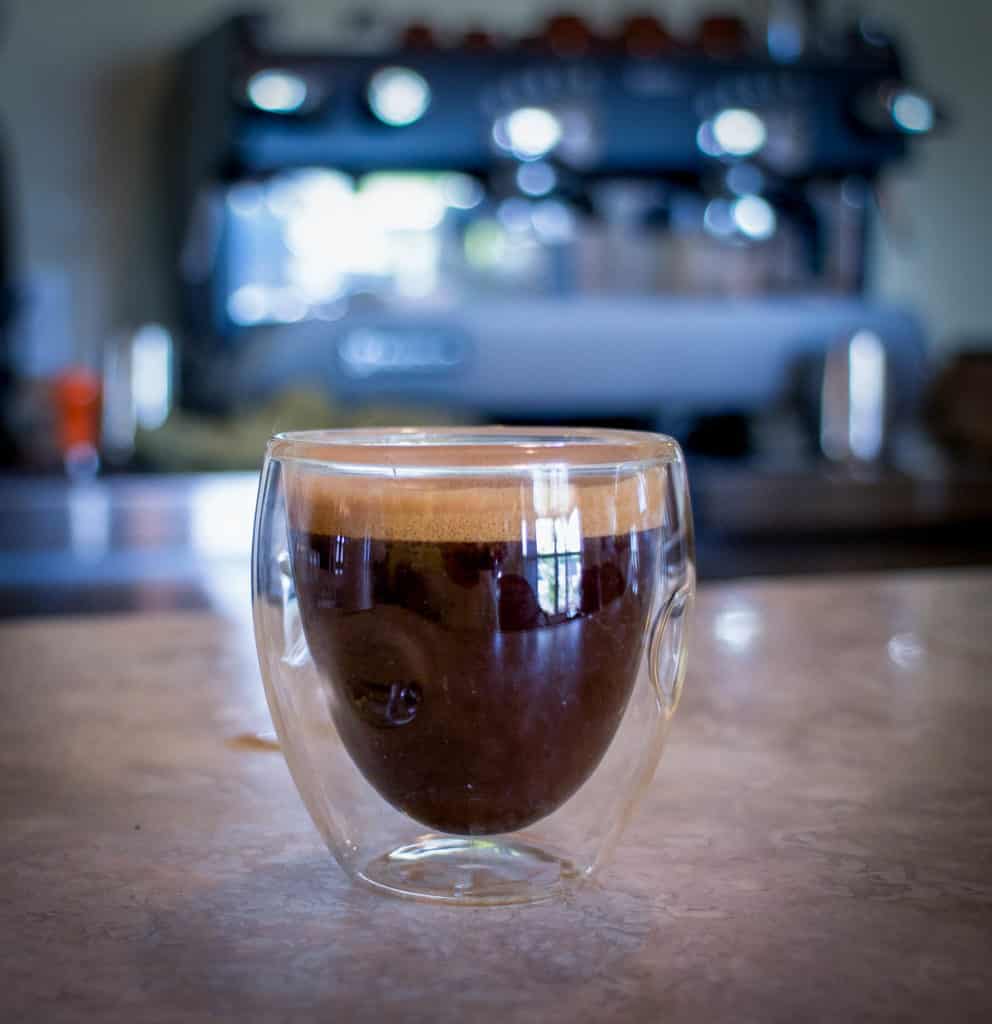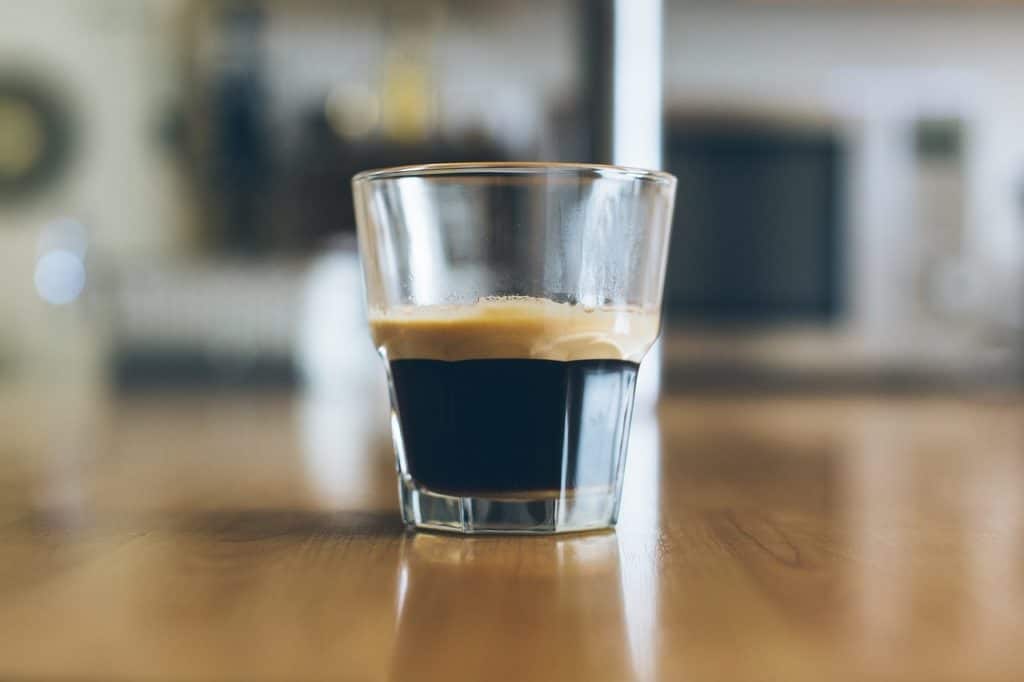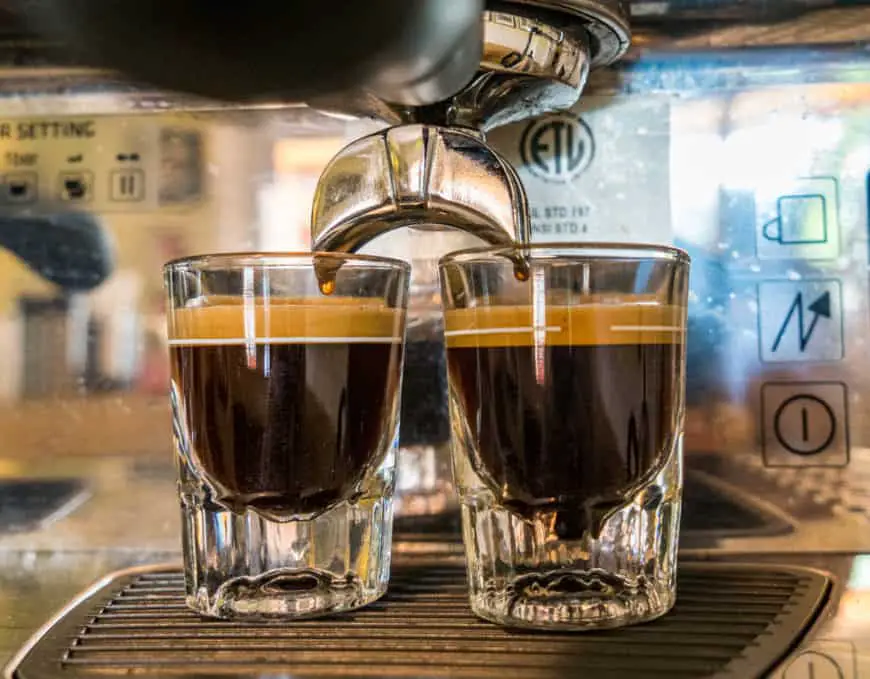
If you’ve ever sipped a fresh espresso, you’ve noticed the frothy, golden layer on top—that’s crema. It’s not just a pretty topping; it’s a sign of a well-crafted shot. But what exactly is crema, why does it matter, and how can you achieve it at home? Let’s break it down, from what makes crema tick to practical tips for nailing it every time.
What Is Crema?
Crema is the frothy, reddish-brown foam that crowns a freshly brewed espresso. It forms when hot water, forced through finely ground coffee at high pressure (around 9 bars), emulsifies the coffee’s oils and traps carbon dioxide (CO2) in tiny bubbles. Think of it like the head on a pint of Guinness, but for coffee. These bubbles carry aromatic compounds, adding depth to the espresso’s flavor and a velvety texture to each sip.
Crema isn’t just about looks. It’s a clue to the espresso’s quality. A thick, stable crema suggests fresh beans, proper grind, and skilled brewing. But a perfect crema doesn’t guarantee a perfect taste—flavor still depends on your preferences.
Why Crema Matters
Crema does three things for your espresso:
- Flavor: The bubbles burst in your mouth, releasing aromas that enhance the coffee’s complexity, from nutty to floral notes.
- Texture: Crema adds a creamy, silky mouthfeel, balancing the espresso’s intensity.
- Quality Check: A good crema (lasting ~2 minutes) hints at fresh beans and solid technique. Pale or gritty crema often means under-extraction, while overly dark crema suggests over-extraction.
That said, some specialty coffee pros argue crema isn’t everything. A light-roasted single-origin espresso might have thin crema but still taste amazing. Focus on flavor first, and let crema be a bonus.
What Does Good Crema Look Like?

When you pull an espresso shot, the crema is your first clue to its quality. This frothy, golden cap isn’t just eye candy—it reveals details about the beans, roast, and brewing technique. But how do you spot a great crema? From color and texture to how long it lasts, here’s what to look for to know if your espresso is on point.
- Color: Be a rich, tawny gold with subtle reddish hues. Too pale means under-extraction or stale beans; too dark suggests over-extraction.
- Texture: Look smooth and velvety, with tiny, uniform bubbles. Large bubbles or grittiness indicate uneven extraction.
- Stability: Last about 2 minutes before blending into the espresso. If it vanishes in under a minute, the shot was likely too fast or the beans too light-roasted.
- Volume: Occupy roughly 10% of the shot’s volume—not too thick, not too thin.
How to Get Perfect Crema

Nailing that rich, tawny crema on your espresso takes more than luck—it’s about dialing in the right beans, equipment, and technique. Whether you’re a home barista or just starting out, understanding the key factors behind great crema can elevate your shots. Here’s a straightforward guide to mastering the foam, from choosing fresh coffee to fine-tuning your grind and brew settings.
1. Fresh Coffee Beans
Freshly roasted beans (3–14 days post-roast) release more CO2 and oils, creating thicker crema. Stale beans produce weak, patchy foam. Store beans in an airtight container away from light and heat.
Tip: Robusta beans yield more crema than Arabica due to higher lipid content, but Arabica offers sweeter, more complex flavors. Try a blend for balance.
2. Roast Level
Medium roasts often produce the best crema. Dark roasts exude oils to the bean surface, but over-roasting degrades them, reducing crema. Light roasts may lack enough oil for robust foam. Go for an espresso-specific roast for consistency.
3. Grind Size
A fine grind (like table salt) is key for espresso. Too coarse, and water flows too fast, making thin crema. Too fine, and you risk over-extraction, darkening the crema. Adjust your grinder for a 25–30-second shot.
4. Tamping
Tamp the grounds evenly with about 30 pounds of pressure to ensure uniform water flow. Uneven tamping leads to channeling, weakening crema. Practice on a scale to get the feel.
5. Water Pressure and Temperature
Espresso machines need 9 bars of pressure to emulsify oils properly. Water should be 197.6–204.8°F—too hot burns the coffee, darkening crema; too cool under-extracts, lightening it.
Tip: Hard water can reduce crema, while soft water may over-extract. Test your water’s hardness and use filtered water if needed.
6. Machine Maintenance
A dirty machine adds bitterness and hurts crema. Clean the portafilter and group head after each use, and descale regularly based on your water hardness.
Crema Comparison Table
| Factor | Good Crema Impact | Poor Crema Result |
|---|---|---|
| Bean Freshness | 3–14 days post-roast; thick, stable crema | Stale beans; thin, patchy crema |
| Roast Level | Medium roast; balanced oil content | Over-roasted; less crema |
| Grind Size | Fine, even grind; 25–30s extraction | Too coarse/fine; weak/dark crema |
| Tamping | Even, 30 lbs pressure; uniform extraction | Uneven; gritty, uneven crema |
| Pressure/Temp | 9 bars, 92–96°C; rich, tawny crema | Incorrect settings; pale/dark crema |
Final Thoughts
Crema is a hallmark of great espresso, but it’s not the whole story. A beautiful crema can signal fresh beans and solid technique, but taste is what matters most. Experiment with different beans, grinds, and tamping to find your sweet spot. Visit local cafes, try their espresso, and note the crema’s look and feel. Whether you’re chasing a thick, tawny crown or just a tasty shot, the fun is in the process. Keep brewing, and you’ll get that perfect espresso in no time.

